piranesi
-
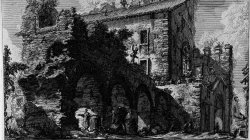
View of the remains of the arches that led the Aqua Claudia onto the Aventine
View of the remains of the arches that led the Aqua Claudia onto the Aventine.- KorbenDallas
- Media item
- piranesi ruins
- Comments: 0
- Category: Piranesi: Volume 1
-
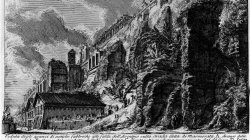
View of the remains of ancient factories on the slopes of the Aventine on the road known as Marmorata
View of the remains of ancient factories on the slopes of the Aventine on the road known as Marmorata.- KorbenDallas
- Media item
- piranesi
- Comments: 0
- Category: Piranesi: Volume 1
-
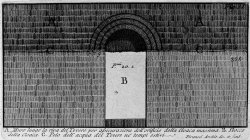
Wall along the bank of the Tiber securing the orifice of the Cloaca Massima
Wall along the bank of the Tiber securing the orifice of the Cloaca Massima.- KorbenDallas
- Media item
- piranesi
- Comments: 0
- Category: Piranesi: Volume 1
-
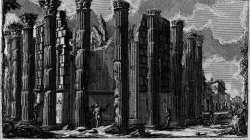
Remnants of the Temple of Cybele
Remnant of the Temple of Cybele.- KorbenDallas
- Media item
- piranesi ruins
- Comments: 0
- Category: Piranesi: Volume 1
-
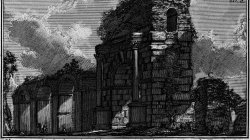
Monument of the Antoninian conduit, under whose arch the Via Appia passed
Monument of the Antoninian conduit, under whose arch the Via Appia passed.- KorbenDallas
- Media item
- monument piranesi
- Comments: 0
- Category: Piranesi: Volume 1
-
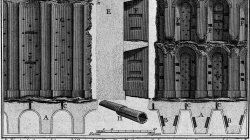
Plan, elevation, cross-section and details of the Muro Torto
Plan, elevation, cross-section and details of the Muro Torto- KorbenDallas
- Media item
- piranesi
- Comments: 0
- Category: Piranesi: Volume 1
-
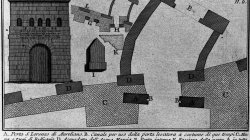
Porta S. Lorenzo di Aureliano, and its details
Porta S. Lorenzo di Aureliano, and its details.- KorbenDallas
- Media item
- piranesi
- Comments: 0
- Category: Piranesi: Volume 1
-
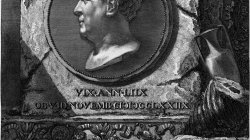
Portrait of G. B. Piranesi by F. Piranesi.
Portrait of G. B. Piranesi by F. Piranesi.- KorbenDallas
- Media item
- piranesi
- Comments: 0
- Category: Piranesi: Volume 1
-

Ancient bridge construction as presented by Piranesi in the 18th century
Trying to comprehend the improbable is hard enough. Taking it to a different level would be trying to understand the impossible. The known level of technology in the mid-18th century is refusing to support advanced engineering presented on the below Piranesi engravings. Piranesi's engravings...- KorbenDallas
- Article
- bridge piranesi
- Replies: 8
- Section: Bridges
-

What was Giovanni Battista Piranesi trying to say. 17-18th century Mud Flood apocalypse?
Giovanni Battista Piranesi (4 October 1720 – 9 November 1778) was an Italian artist famous for his etchings of Rome and of fictitious and atmospheric "prisons" (Le Carceri d'Invenzione). He was a so called Cappricio artist. In other words, contemporary interpretation of his creations is that it...- KorbenDallas
- Article
- capriccio art catastrophe mud flood piranesi
- Replies: 3
- Section: Mud Flood

